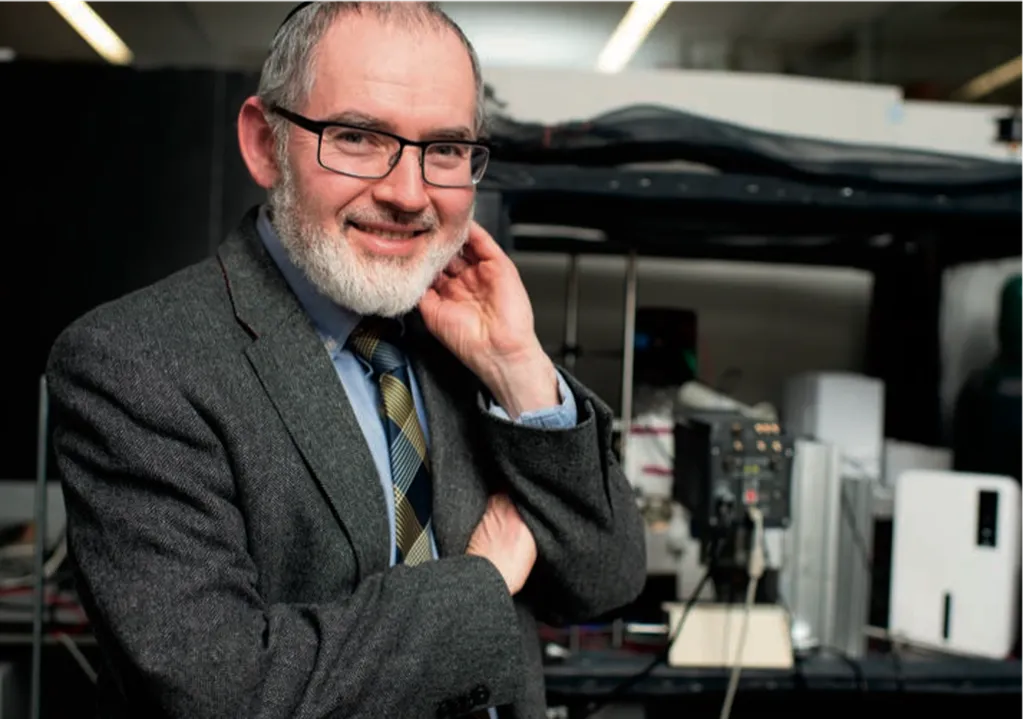In the heart of Washington D.C., a team of researchers led by Vikas Soni at The George Washington University’s Micro Propulsion and Nanotechnology Lab (MPNL) is pioneering a novel approach to cancer treatment that could also send ripples through the energy sector. Their weapon of choice? A humble plasma discharge tube (PDT), a device that might one day transform how we tackle both disease and energy efficiency.
Soni and his team have been exploring the potential of PDT systems as a non-invasive platform for cancer therapy. “We’re not just looking at a new treatment modality,” Soni explains, “but a whole new way to think about interacting with cancer cells.” The PDT system generates a spectrum of reactive oxygen and nitrogen species and electromagnetic fields, creating a complex environment that can influence cancer cell behavior.
The team’s comprehensive characterization of the PDT system involved a suite of advanced techniques, from Optical Emission Spectroscopy to Intensified Charge-Coupled Device imaging. Their findings, published in the journal ‘Materials Today Advances’ (which translates to ‘Advances in Materials Today’), revealed that the PDT system could induce potent cytotoxic effects on glioblastoma cell lines. But the real surprise came when they combined the PDT with chemotherapeutic agents. “The synergy was remarkable,” Soni notes. “The PDT pretreatment enhanced drug sensitivity and reduced cell viability more effectively than either treatment alone.”
So, what does this mean for the energy sector? Plasma technology, the backbone of this research, is already used in various industrial applications, from lighting to waste treatment. The insights gained from this study could lead to more efficient, targeted plasma systems, reducing energy consumption and improving performance. Moreover, the interplay between electromagnetic fields and biological systems could open up new avenues for energy storage and transfer, particularly in medical devices.
The potential commercial impacts are substantial. As plasma technology becomes more sophisticated, we could see a rise in energy-efficient industrial processes, innovative medical devices, and even advanced materials with unique properties. The key lies in understanding and harnessing the complex interactions between plasma, electromagnetic fields, and biological systems—a challenge that Soni and his team are rising to meet.
This research is more than just a scientific breakthrough; it’s a testament to the power of interdisciplinary innovation. By bridging the gap between engineering and medicine, Soni and his team are not only advancing cancer treatment but also paving the way for a more energy-efficient future. As we stand on the brink of a new era in plasma technology, one thing is clear: the future is bright, and it’s powered by plasma.

